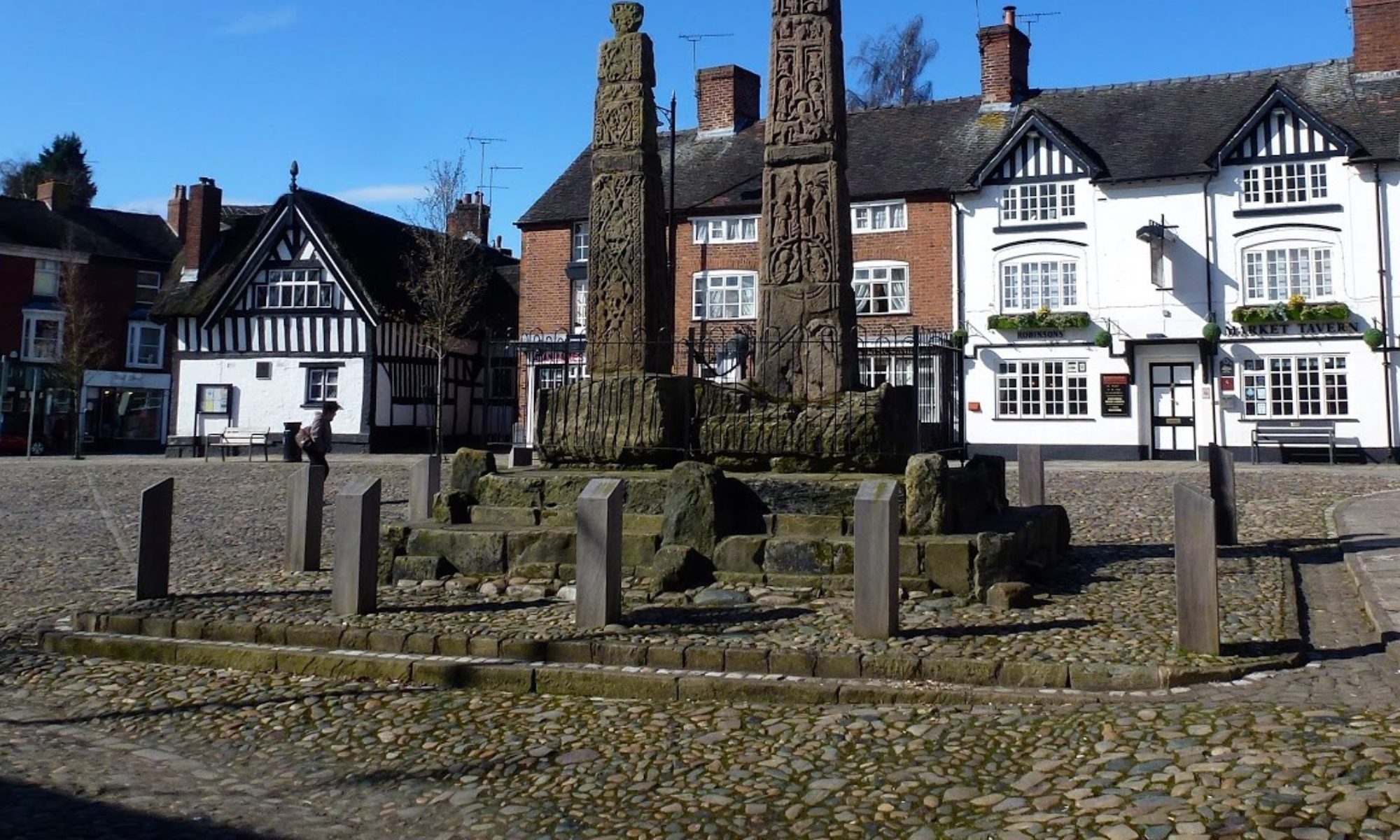Well it was supposed to be Pilling, up at the southern end of Morecambe Bay. But forecast Force 7 gales and heavy rain up there put paid to that. And as Pilling has no facilities, it seemed necessary to shift our day’s bird watching to somewhere that at least had a hide. A hurried ‘phone call to Inner Marsh Farm near Burton on the Wirral, where the forecast was slightly better, quickly ascertained that they were not expecting any other groups and could therefore take us. Phew!
Inner Marsh Farm was on the preliminary list for next season, as development by the RSPB is under way with IMF2, with a new entrance, car parking, visitor centre and hide. However, its already an excellent although small and “under-facilitated” reserve with a reputation for a good cross-section of birds, particularly in the migration seasons.
A mere six of us set out from a rainy Sandbach to meet up with Arthur at IMF. In heavy drizzle we set off down through the meadows to the hide, spooking a 20-strong Linnet flock in the lower meadow by our passage. Hustling into the welcoming dry hide, we were introduced to the exhibitionist Water Rail. Despite its species’ renowned “skulkiness”, this one spent an hour entertaining us, scurrying around the small bays in front of the hide feeding, dodging the Moorhens, but most remarkably, staying out of the close-by cover.
The lagoons seemed fairly quiet with 5 male Shovelers of note, and the usual numbers of Teal feeding in the shallows. But Inner Marsh Farm is a slow burner, and usually brings the goodies out one by one to show its guests. Two Whooper Swans flew north unfortunately passing nearly overhead the length of the hide, so were seen by few. Then four Curlews flew south, and the discovery of a Snipe group eventually led to a count of 15. A Gadwall floated out from its hiding place below the bank of one of the lagoons, and a couple of Meadow Pipits played hide and seek on a small island in front of the hide.
Movements in the vegetation away to the right eventually revealed a flock of 100 or more Goldfinches, a male Pintail repeated the Gadwall’s trick, and a Redshank landed among the Lapwings. A Little Egret appeared on the right hand lagoon, and a fly-through Heron filled in a gap. Kestrel and Buzzard were the only two raptors seen.
We ate our lunch in the hide, and waited for the rain to pass. Which it did, and we made the decision to re-locate up to Parkgate, to see if we could see a Hen Harrier. On our way up to the cars, we saw 13 Pheasants in a field, obviously outside cover. A little study revealed the reason – a Fox was patrolling the rough grass at the field’s edge looking for a meal.
At Parkgate we did see Hen Harrier, but only briefly as a ringtail flew across behind us. At least looking in that direction put us on to Mistle Thrush and a couple of Redwing. Out over the marsh, several Kestrels hovered, and both Greylag and Pink-footed Geese were seen. The Little Egret count of three was outnumbered by four Herons, and a Skylark rose against the grey sky. The heavy drizzle returned, and with a drop in temperature a decision was made to call it a day, with 48 species in the note book.

